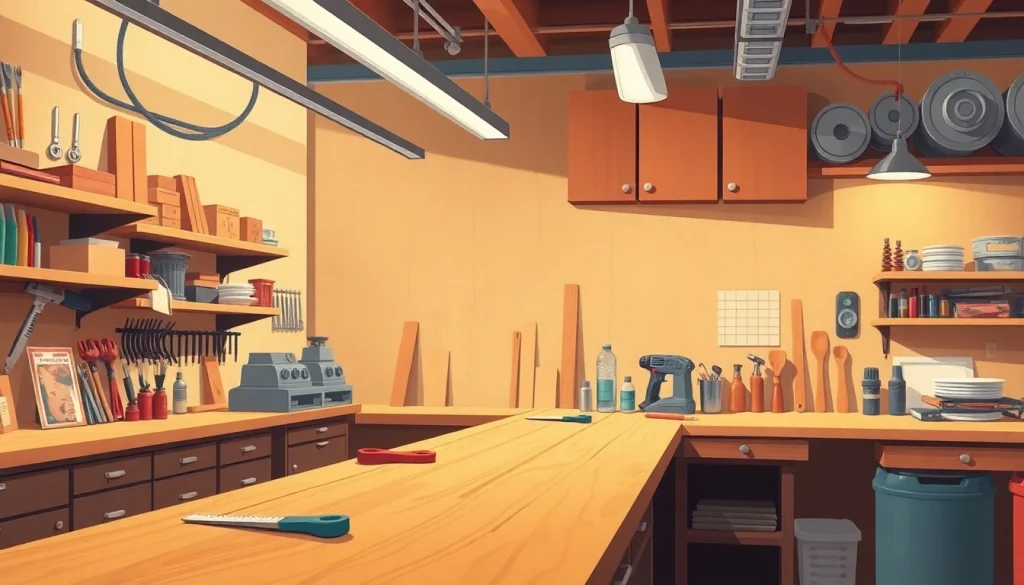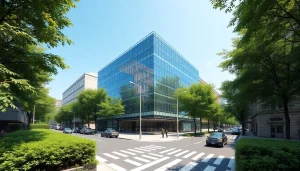Expert Guide to Back Bar Repair: Techniques and Tips for Lasting Solutions

Understanding Back Bar Repair
The world of furniture repair and restoration is rich with various techniques and methodologies, one of which is back bar repair. This specialized process specifically focuses on the structural integrity and aesthetic restoration of the backbars found in various settings, from homes to commercial spaces. Whether you are dealing with a broken back bar in a restaurant or a well-worn piece at home, understanding the intricacies involved in back bar repair is essential for achieving durability and restoring visual appeal.
What is a Back Bar?
A back bar typically refers to a horizontal bar or surface that serves multiple functionalities, primarily in kitchens, bars, and home entertainment areas. This structure can hold items like alcohol, glassware, and various tools needed for drinks or meal preparation. The back bar may also serve as a support for cabinets, shelves, or other features in these environments. Its design can greatly influence not only the functionality but also the aesthetic of the area it occupies.
Common Issues Requiring Repair
Back bars are subjected to a plethora of wear and tear factors, which can lead to various problems that necessitate repair. Some of the most common issues include:
- Structural Damage: This can come from excessive weight, improper installation, or general deterioration over time. Cracked or broken sections can compromise the stability of the entire bar.
- Surface Damage: Scratches, stains, and water damage can mar the finish of a back bar. This not only affects its visual appeal but can also lead to further degradation if not addressed.
- Hardware Malfunctions: Loose or broken hardware, such as hinges, shelves, and fasteners, may require attention to ensure smooth operation.
- Water Damage: In wet conditions, wood may swell or warp, leading to an unstable back bar. This becomes a concern particularly in bars or areas where spills are frequent.
Importance of Proper Repair Techniques
Employing proper repair techniques is crucial in back bar restoration for several reasons:
- Longevity: Proper repairs can significantly extend the life of the back bar, preventing the need for future replacements.
- Safety: Ensuring structural integrity helps avoid accidents that could arise from using a broken or unstable back bar.
- Value Retention: A professionally repaired back bar can retain or even increase its value, particularly in commercial environments where appearances can directly affect business.
Tools and Materials for Back Bar Repair
To successfully execute a back bar repair, having the right tools and materials is fundamental.
Essential Tools for DIY Repairs
When undertaking back bar repair, your toolkit should be well equipped. Essential tools include:
- Power Drill: Useful for removing screws and drilling new holes for fasteners.
- Screwdrivers: A set of varied sizes will help you with different types of screws encountered during repairs.
- Saw: For cutting out damaged sections or tailoring new pieces to fit.
- Sander: To smooth rough edges and prepare surfaces for finishing touches.
- Measuring Tape: Ensures accurate measurements for cuts and replacements.
Recommended Materials
The materials used in your repair will vary depending on the damage type and the original construction of the back bar. Common materials include:
- Wood Glue: A strong adhesive that will bond wooden components back together.
- Screws and Fasteners: These will be necessary for securing different parts of the back bar.
- Finishing Products: Stains, varnishes, and sealants not only restore appearance but also protect against moisture and wear.
- Replacement Wood/Material: Sometimes, damaged wood must be replaced entirely. Matching the original material can be crucial for aesthetics.
Safety Gear and Precautions
Safety should never be overlooked during repairs. Recommended safety gear includes:
- Safety Goggles: Protects your eyes from dust and debris.
- Gloves: To prevent cuts and splinters while handling tools and materials.
- Dust Mask: Prevents inhalation of dust particles generated during sanding and cutting.
Step-by-Step Guide to Back Bar Repair
Successful back bar repair requires a systematic approach. The following is a comprehensive step-by-step guide:
Preparing the Area and Tools
Begin by clearing the area around the back bar to create a safe and workable space. Remove any items stored on the bar. Gather all your tools and materials so they are easily accessible throughout the repair process.
Executing the Repair Process
With the area prepared, move on to executing the repair:
- Assess the Damage: Identify all areas that need repair, documenting them by taking photographs if necessary.
- Disassemble Affected Parts: Carefully take apart any sections that require extensive work or replacement.
- Repair Structural Components: If there are cracks or breaks in the wood, use appropriate adhesives and clamps to hold pieces together while they cure.
- Replace Defective Parts: If a section is too damaged to repair, measure and cut new material to fit, ensuring it matches the existing structure.
- Sanding and Finishing: Once repairs are complete, sand the repaired areas to blend them with the surrounding surfaces and apply finishes to protect against future damage.
Finalizing and Testing the Repair
After the repair and finishing work is done, reattach all components. Test the bar’s stability by applying slight pressure to ensure all parts hold. If the structure feels solid, you can now reorganize the items on the back bar.
Cost Considerations for Back Bar Repair
Understanding the cost of back bar repairs will help you make informed decisions on whether to DIY or hire a professional.
Typical Pricing for Common Repairs
The cost of back bar repair varies significantly depending on the extent of the damage and the materials required. For minor repairs, prices might range from $50 to $150, while extensive restorations can escalate to several hundred dollars, depending on labor and parts.
DIY vs. Professional Repair Costs
Choosing between DIY and professional repairs can significantly affect overall expenses. While DIY repairs incur material costs and possibly tool rental fees, professional services generally include labor, expertise, and often come with a warranty for their work. Evaluating your skill level and the project’s complexity will help you decide which route to take.
Budgeting for Future Repairs
To avoid unpleasant surprises, plan for potential future repairs in your budgeting. Consider routine maintenance checks and repairs, especially in commercial settings where back bars might face higher usage levels.
Frequently Asked Questions about Back Bar Repair
What are the signs that repair is needed?
Signs that a back bar requires repair include noticeable structural weaknesses, like sagging or cracking, as well as cosmetic issues like deep scratches or discoloration that may suggest underlying damage.
Can I repair my back bar myself?
Yes, repair can often be undertaken by homeowners, especially those with some DIY skills and the right tools. Assessing the damage and determining whether it’s manageable is crucial before starting a repair project.
When should I seek professional help?
Professional assistance should be sought in cases of extensive damage that compromises safety, complex structural issues that require specialized knowledge, or simply if the repairs are beyond your skill set. Consulting a professional can also save time and resources in the long run.






